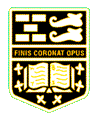

|
... “What Is A Memory? |
|
Let me introduce you to a brief history of Goldings, before it was our home, and place of learning… a home |
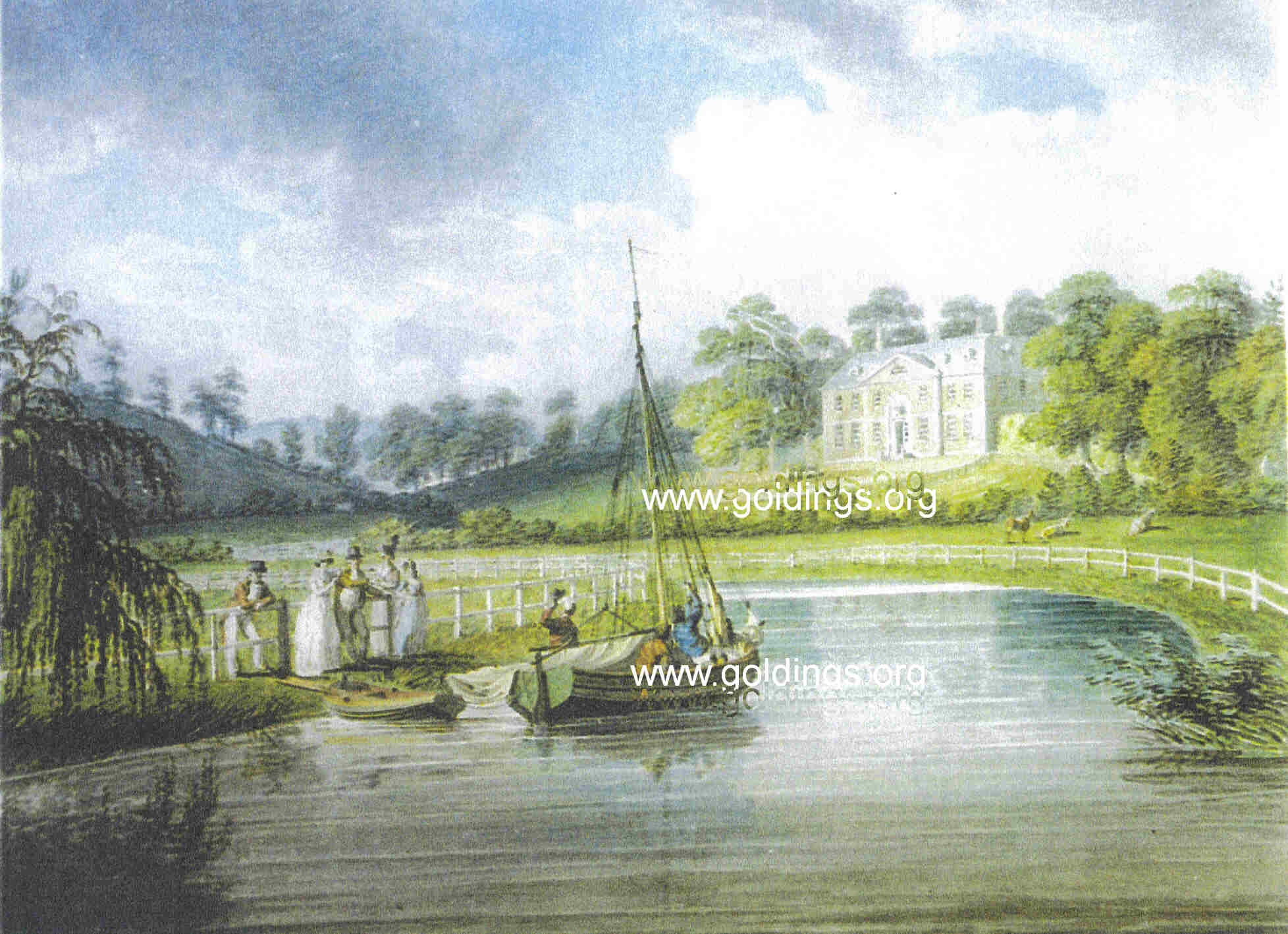
|
Goldings 1804 |
|
This picture is a view from the bridge looking to bottom field, no sign yet of Goldings boys, (or is that Woody |
|
We now move on to a family that all Goldings boys and Dr Barnardo’s should be eternally grateful, because |
|
The Smith family, namely Robert and his wife came to occupy Goldings in 1861. They carried out many |
|
The new house and the flower beds |
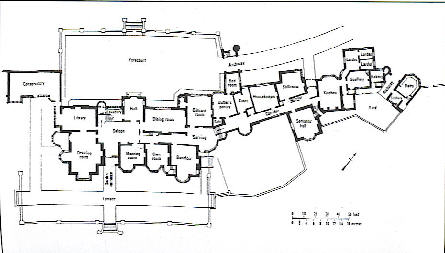

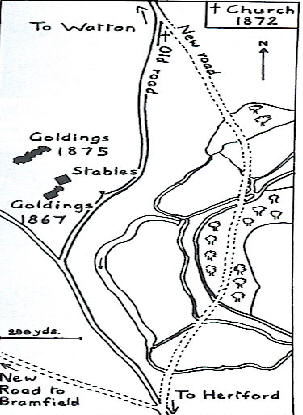
|
Ground Floor Plan |
|
The council of Dr Barnardo having found homes for the Girls at Model Village Barkingside, Essex; the |

|
The New Beginning for Barnardo’s |
|
At long last the ancient Stepney Home which has sheltered so many generations of destitute boys has |
|
The Departure. |

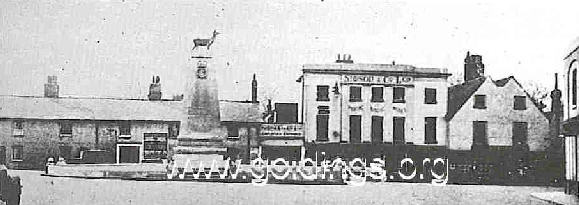
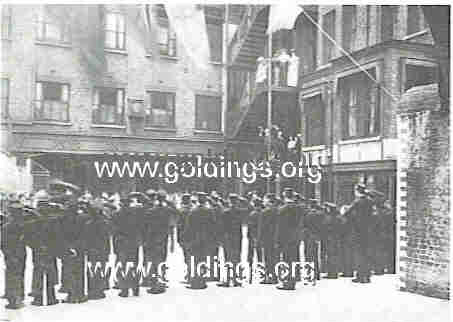
|
Farewell to Stepney welcome to Goldings for 260 boys Wednesday 19th of April 1922 |
|
War Memorial Parliament Row Hertford 1920s |
|
I’d like to quote you from Mrs. Maslin wife of Mr. Jim Maslin (1922-1965) former Bursar of Goldings |
|
“ My life revolved around Goldings and all that the Home and School meant for over forty years I remember |
|
We would like to thank The Able Smith Family for the kind permission to use information diagrams, and pictures in the following pages |
|
Doris Maslin’s memories |
|
Goldings before W. B. T. S. |
|
The Chapel. |
|
A most amazing story |
|
The boy who died in the chimney |
|
The boys who never left Goldings |
|
The New Art Centre |
|
All images and text copyright © to Goldings Old Boys reunion members |
|
Page Compiled 2005 |
|
Sick Bay |
|
Interesting facts |
|
Barnardos 1866 to present day |
|
|
|
The Smith family were delighted with the house and moved in at Easter 1876, and the old house was |
|
This decision would eventually lead to the school we |
|
The remains of the original mansion still remain exposed |
|
The remains of the original wall in evidence behind |
|
Click on plan for larger version |
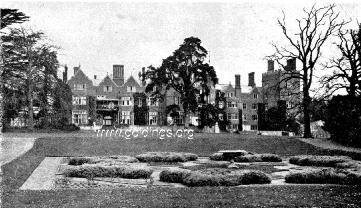
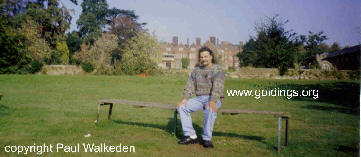
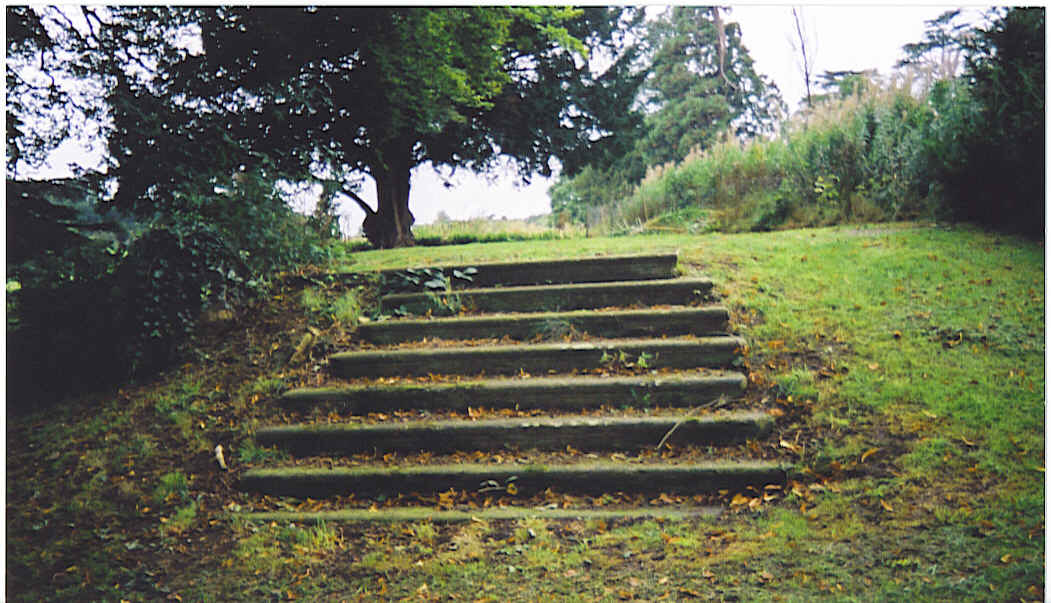
|
The Aims of The William Baker Technical School |
|
Click on the map for information |
|
Requiem |
|
The Goldonian School Magazine |
|
GOLDINGS 100 YEARS CELEBRATION CALENDAR 2022-23 |